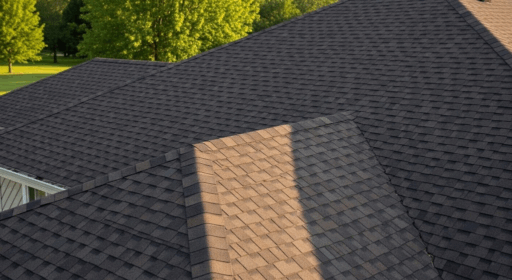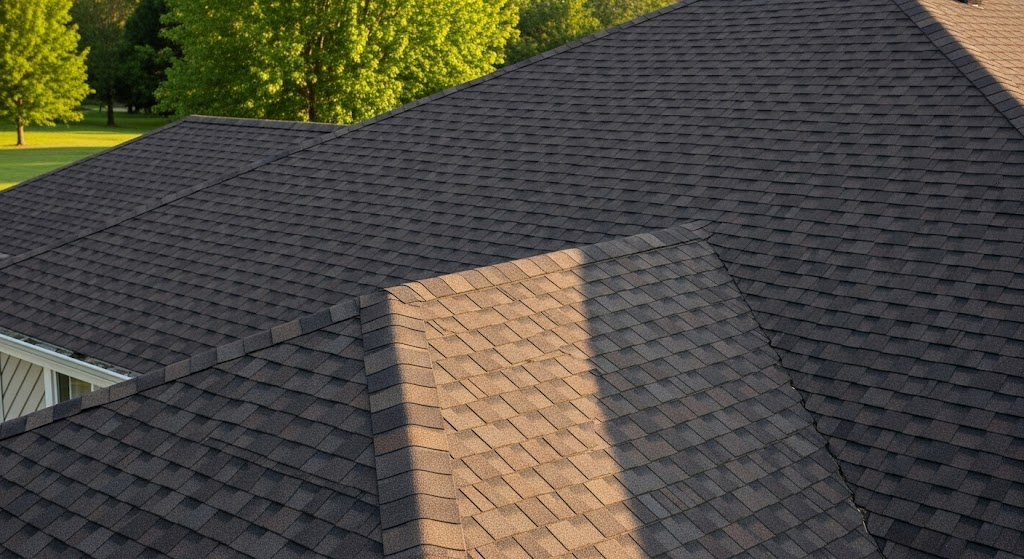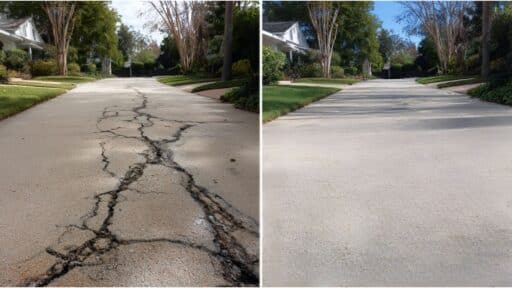I didn’t think much about roof maintenance until a small leak in my ceiling turned into mold, water damage, and a major repair bill.
That experience changed how I care for my roof. Now, I do a thorough check twice a year and always after big storms.
It doesn’t take long, and it’s saved me from surprise expenses more than once.
If you’re like I was, unsure where to start or what to look for, I’ve got you covered. I’ve put together the exact checklist I use, broken into simple, manageable steps you can follow on your own.
You don’t need special tools or roofing experience, just some time and attention.
Why Roof Maintenance Is Important
Maintaining your roof is crucial for protecting your home from the elements and avoiding expensive repairs. A well-maintained roof ensures safety, improves energy efficiency, and increases the lifespan of your home.
- Prevents Expensive Repairs: Regular checks help catch minor issues early, preventing major, costly repairs later.
- Protects Your Home: A strong roof keeps water, wind, and debris from causing damage to your home’s interior.
- Boosts Energy Efficiency: A well-maintained roof helps regulate your home’s temperature, saving you on heating and cooling costs.
- Extends Roof Lifespan: Routine care can add years to the life of your roof, helping you avoid early replacement.
By keeping up with simple roof maintenance, you can save money, ensure safety, and enjoy peace of mind.
What to Check to Keep Your Roof Lasting Longer
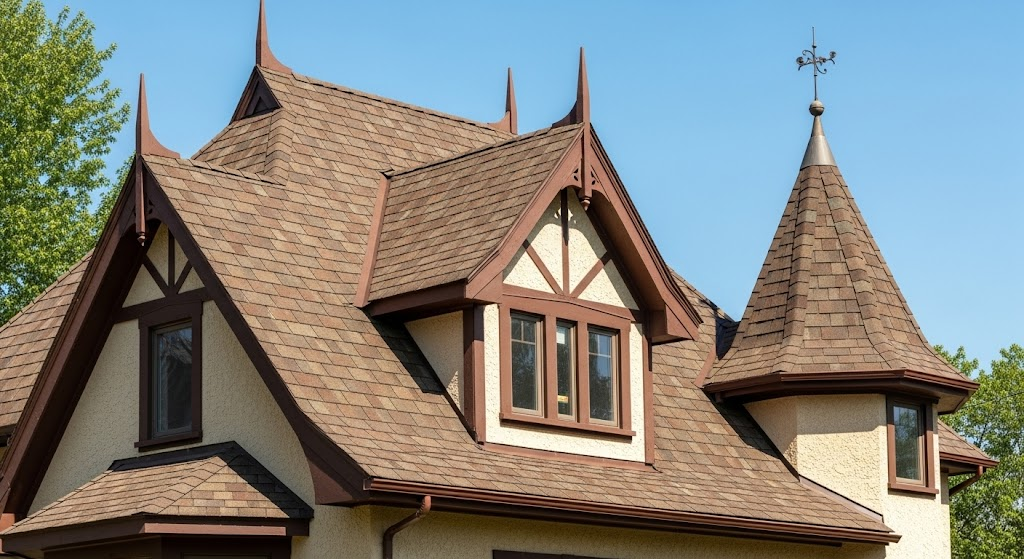
A well-maintained roof protects your home from the elements and helps prevent costly repairs. This checklist outlines the key steps to keep your roof in excellent condition year-round.
From seasonal inspections to spotting early signs of damage, each task ensures your roofing system stays durable, safe, and efficient.
1. Define Your Goals and Vision for Roof Health
Defining your goals for roof health is the first and most important step in effective roof maintenance.
I like to start by asking myself: What’s the current state of my roof? Am I looking to prevent issues, extend its lifespan, or simply ensure it’s ready for the next harsh season?
Think about how your roof performs day-to-day. Does it shed water effectively, are there any visible signs of wear, or is it approaching the end of its typical lifespan? Then, list your top priorities.
This could be anything from clearing gutters to addressing minor shingle damage or planning for a future replacement.
2. Set a Realistic Budget for Maintenance & Repairs
A well-planned maintenance budget helps prevent small roofing issues from becoming costly emergencies.
Allocate funds for routine tasks such as inspections, minor repairs like shingle replacement, and debris removal. It’s wise to include a buffer, typically 10–15% for unexpected costs that may arise.
Gathering quotes in advance for common repairs or annual inspections provides better financial planning and allows for proactive decision-making.
3. Create a Timeline That Works for Your Climate and Roof Type
Roof maintenance should follow a consistent schedule tailored to the climate and roof material.
Most experts recommend inspections twice a year, once in spring after winter weather and again in fall before the cold season.
In areas prone to storms, snow, or high winds, more frequent checks may be necessary. Time should also be allotted for cleaning gutters, treating moss, or replacing damaged components.
4. Hire the Right Professionals (When Needed)
Professional inspections and repairs are crucial for complex or high-risk roofing work. When hiring, verify that contractors are licensed, insured, and experienced with your roof type.
Look for positive reviews and references from previous clients. It’s best to get multiple quotes and ask key questions about warranties, timelines, and how unforeseen issues are handled.
Choosing a qualified, trustworthy roofer ensures that maintenance is performed safely, effectively, and according to industry standards.
Questions to Ask a Roofing Professional:
- Are you licensed and insured for roofing work in this area?
- Can you provide references for similar maintenance or repair jobs?
- What is your estimated timeline for the inspection/repair?
- How do you handle unexpected discoveries or additional necessary repairs?
- What kind of warranty or guarantee do you offer on your work?
Key Areas to Focus On During Roof Maintenance
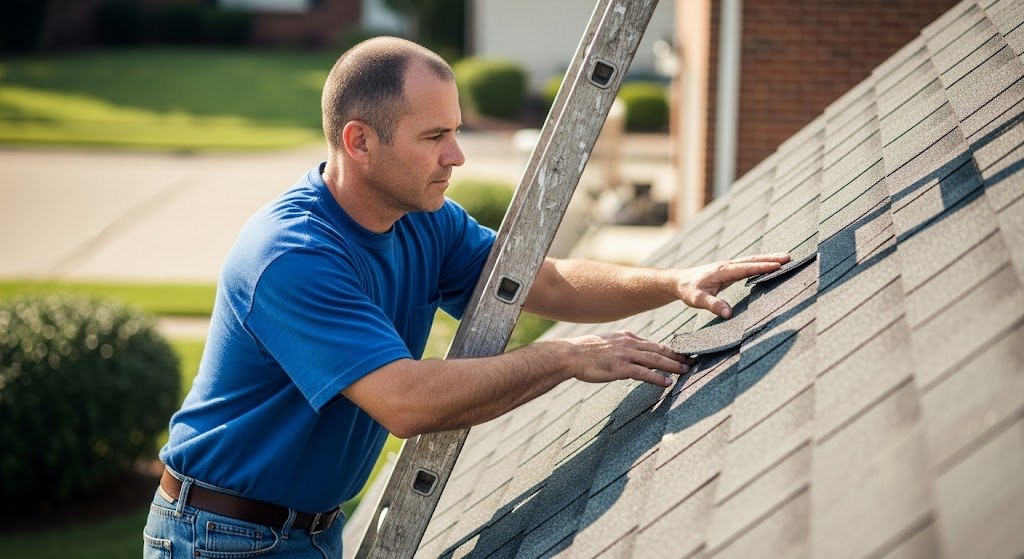
Focus on essential roof areas such as shingles, flashing, gutters, and attic ventilation. Regular inspections of these spots help catch early signs of damage and extend your roof’s overall lifespan.
1. Inspect Your Roof from the Ground
Walk around the entire perimeter of your home and visually inspect the roof. Look for sagging areas, debris accumulation, and dark streaks that may indicate water or algae damage.
Use binoculars to check for curled, missing, or cracked shingles. This initial inspection helps identify surface issues early and safely, without the need to access the roof, especially after storms or seasonal shifts.
2. Clean Your Gutters and Downspouts
Gutters and downspouts play a critical role in directing water off your roof. Remove leaves, twigs, and dirt regularly, especially during spring and fall.
Flush downspouts with a garden hose to ensure they’re not clogged. Clean drainage systems prevent water backup, which can cause roof rot, ice dams, or foundation issues.
Regular cleaning ensures water flows freely and minimizes moisture-related damage to shingles and fascia.
3. Check for Moss, Algae, and Lichen Growth
Moss, algae, and lichen can trap moisture against roofing materials, leading to premature deterioration.
These growths often appear as green clumps or dark streaks. Apply a roof-safe cleaner to remove buildup and prevent regrowth.
Avoid pressure washing, which can dislodge protective granules from shingles. Regular treatment keeps the roof surface clean, dry, and functional, extending the life of both shingles and underlayment.
4. Look for Damaged or Missing Shingles
Check for curling, cracked, buckled, or missing shingles. These vulnerabilities may develop due to age, high winds, or temperature fluctuations.
Even one compromised shingle can allow water to penetrate the roof layers, causing leaks and structural issues.
Regular visual checks, especially after storms, help identify problem areas early. Addressing minor damage quickly prevents it from spreading and becoming a costly repair.
5. Inspect Flashing and Seals Around Roof Penetrations
Roof penetrations like chimneys, vents, skylights, and satellite mounts are common entry points for water.
Inspect the flashing and seals around these areas for rust, gaps, lifted edges, or deterioration. Compromised flashing can lead to leaks and interior water damage.
Ensure caulking or sealants haven’t dried out or cracked. Prompt repair or resealing of flashing with a quality lap sealant maintains the waterproof integrity of the roofing system.
6. Examine the Attic and Ceilings for Leaks
Interior signs often provide the first clue to hidden roof issues. Inspect attic insulation for wet spots or mold.
Look at rafters and wood decking for water trails, staining, or warping. Inside the home, check ceilings for dark patches, sagging drywall, or bubbling paint.
These are signs of roof leaks that require immediate attention. Monitoring attic conditions is key for catching leaks before they worsen.
7. Trim Back Trees and Overhanging Branches
Overhanging branches can damage roofs by scraping shingles, dropping debris, or breaking off during storms.
Trim back limbs that touch or hang close to the roof to reduce the risk of impact and blockages in gutters.
Proper tree maintenance also discourages pests from accessing the roof. Keeping a clear perimeter around the roof helps protect its surface and drainage systems from unnecessary stress.
8. Check Roof Ventilation and Insulation
Proper ventilation regulates attic temperature and moisture levels. Inspect vents for blockages and ensure airflow isn’t restricted by insulation or debris.
Poor ventilation can lead to mold growth, condensation, and failure of roofing materials. Evaluate insulation for dampness, compression, or gaps, all of which reduce its effectiveness.
Together, good ventilation and insulation help prolong the roof’s lifespan and maintain the home’s energy efficiency.
Scheduling a Professional Roof Inspection Annually
Even with regular at-home checks, a licensed roofer’s inspection is essential for thorough maintenance. Professionals are trained to spot issues that may not be visible from the ground or to an untrained eye.
They assess deeper structural problems, like moisture or wear, before they turn into costly repairs.
Annual inspections, especially after a harsh winter or storm, are key to preventing minor issues from escalating.
Scheduling once a year, ideally in spring or fall, ensures your roof is prepared for extreme temperatures or storms, boosting its long-term durability and value.
What Pros Look For That You Might Miss:
- The condition of the underlayment beneath the shingles for moisture damage
- Flashing around chimneys, vents, and skylights for security
- Structural integrity, looking for sagging or soft spots
- Shingle wear, granule loss, or storm damage
- Proper attic ventilation to prevent moisture buildup
- Hidden leaks or mold in hard-to-reach areas
A professional inspection offers peace of mind and keeps your roof in top shape.
How to Keep a Roof Maintenance Log
A roof maintenance log is a practical tool that keeps a clear, chronological record of all inspections, repairs, and services performed on the roof.
Having a log is especially useful when budgeting for future maintenance, coordinating seasonal checks, or working with contractors.
- Date of Inspection or Service: Record the date of each checkup, cleaning, or repair to establish regular intervals.
- Observations or Concerns: Record any signs of damage, debris, leaks, or unusual conditions observed during inspections.
- Contractor or Company Details: Include the name, contact info, and license number (if applicable) of anyone hired for roofing work.
- Scope of Work Completed: Record specific tasks performed, such as resealing flashing, replacing shingles, or cleaning gutters.
- Materials Used: List products or materials applied during maintenance (e.g., type of shingles, sealant brands).
- Total Cost: Track expenses for both labor and materials to help estimate future repair or maintenance budgets.
- Photos (Optional): Attach printed or digital photos of before-and-after conditions for visual documentation.
Tip: Maintaining this log regularly makes roof care easier, more transparent, and well-documented for long-term property value.
Conclusion
Taking care of your roof doesn’t have to feel overwhelming. I’ve learned that just two thorough checks a year, once in the spring and once in the fall, can make all the difference.
These regular inspections help me identify issues early, address small problems before they escalate, and monitor my roof’s condition over time.
I no longer panic when heavy storms roll through, because I’ve built a routine that gives me confidence.
I know what to look for, when to call a professional, and how to stay organized with a log and timeline.
This checklist has saved me from leaks, expensive repairs, and stress.
Even if you start small, like cleaning your gutters or checking the attic, you’re already making progress.

